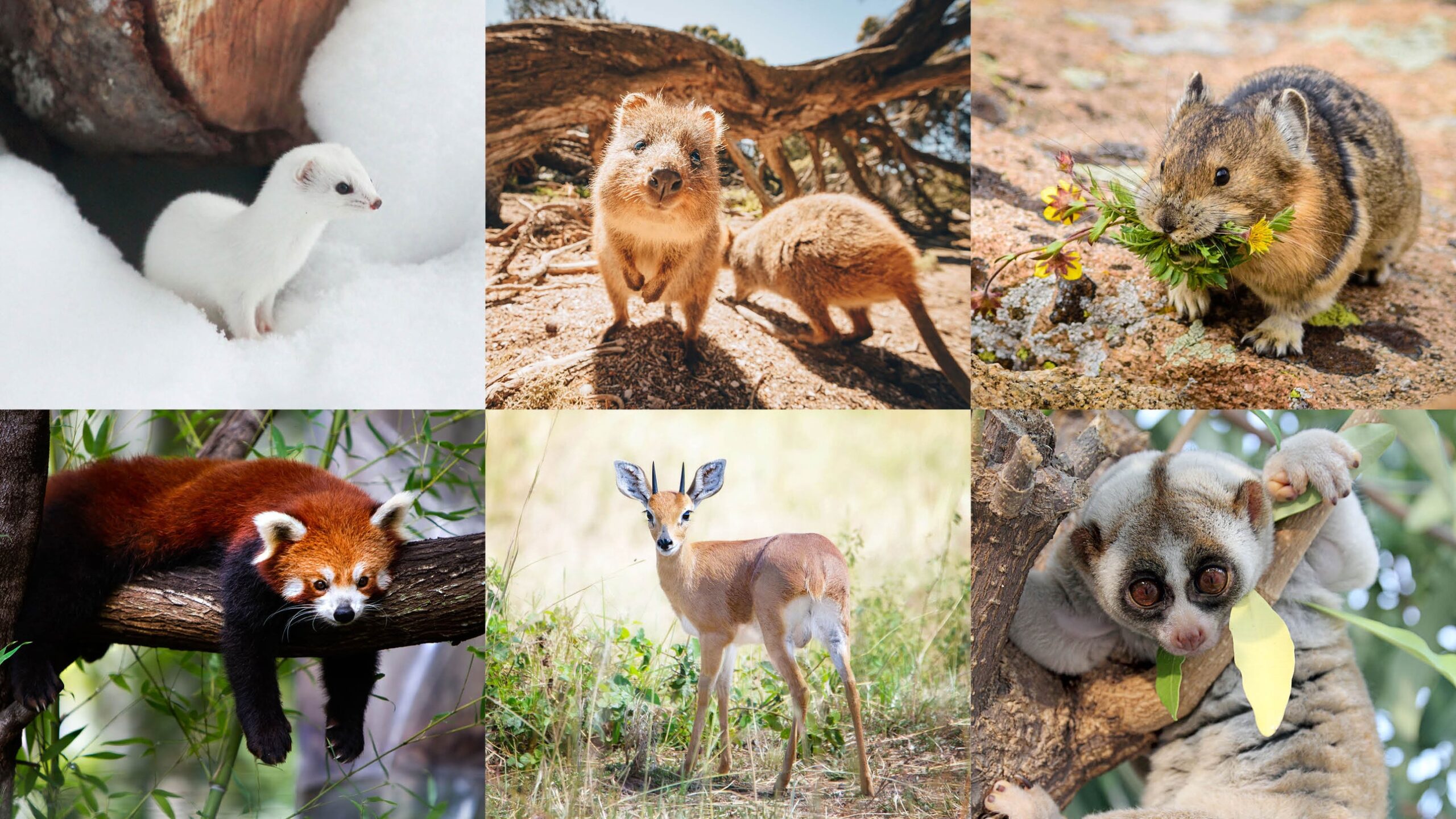The animal kingdom is full of fascinating creatures that many people have never heard of. From the armored pangolin to the regenerating axolotl to the smiling quokka, there are countless species worth learning about. The tarsier’s huge eyes and ability to turn its head 180 degrees, the aye-aye’s long, thin middle finger used for insect extraction, the red panda’s adorable appearance, the narwhal’s spiral tusk, the Komodo dragon’s fierce hunting skills, the okapi’s unique striped legs, and the coelacanth’s ancient lobe-shaped fin all add to the diversity of the animal kingdom. It’s important to protect these species from threats like habitat loss, poaching, and climate change to ensure their survival for future generations.
10 Fascinating Animal Kingdoms That You Never Knew Existed
The animal kingdom is vast and diverse, with millions of species occupying different niches and ecosystems around the globe. We are all familiar with the usual suspects like the lions, tigers, and bears, but there are many other fascinating animals that most people have never heard of. Here are ten such animals that you never knew existed:
1. Pangolin
The pangolin is a unique and fascinating animal that is native to Africa and Asia. It is covered in scales that provide it with armor against predators, and it has a long, sticky tongue that it uses to catch ants, termites, and other insects. The pangolin is endangered due to habitat loss and poaching, and it is one of the most heavily trafficked animals in the world.
2. Axolotl
The axolotl is a Mexican salamander that is unique in that it can regenerate its limbs and even its spinal cord. This makes it a subject of great interest to researchers studying regenerative medicine. Unfortunately, the axolotl is also endangered due to habitat loss and pollution.
3. Quokka
The quokka is a marsupial that is native to Western Australia. It is often called the world’s happiest animal due to its friendly and smiley expression. The quokka is also famous for taking selfies with tourists, making it a popular destination for Instagrammers. However, it is important not to disturb these animals, as they are also endangered due to habitat loss and predation by invasive species.
4. Tarsier
The tarsier is a small primate that is native to Southeast Asia. It is known for its huge eyes, which are larger than its brain, and its ability to turn its head 180 degrees. The tarsier is endangered due to habitat loss and hunting for the pet trade.
5. Aye-Aye
The aye-aye is a lemur that is native to Madagascar. It is unique in that it has a long, thin middle finger that it uses to extract insects from trees. Unfortunately, the aye-aye is considered a bad omen in Madagascar and is often killed on sight.
6. Red Panda
The red panda is a small mammal that is native to the Himalayas and China. It is often mistaken for a raccoon or a cat, but it is actually more closely related to the giant panda. The red panda is endangered due to habitat loss and poaching for its fur.
7. Narwhal
The narwhal is a medium-sized whale that is native to the Arctic. It is known for its long, spiral tusk, which is actually a tooth that grows through the whale’s upper lip. The narwhal is not currently endangered, but it is threatened by climate change and hunting by indigenous peoples.
8. Komodo Dragon
The Komodo dragon is the largest lizard in the world and is native to Indonesia. It can grow up to 10 feet long and can weigh up to 150 pounds. The Komodo dragon is a fierce predator that has been known to attack and kill humans, but it is also threatened by habitat loss and poaching for the pet trade.
9. Okapi
The okapi is a giraffe-like animal that is native to the rainforests of the Congo. It has a long, prehensile tongue that it uses to grab leaves from trees, and it is also known for its distinctive striped legs. The okapi is endangered due to habitat loss and poaching for its meat and skin.
10. Coelacanth
The coelacanth is a deep-sea fish that was thought to be extinct for over 60 million years until it was rediscovered in 1938. It is known for its unique adaptation of having a lobe-shaped fin, which is thought to be an early precursor to legs. The coelacanth is not currently endangered, but it faces threats from deep-sea fishing and pollution.
Conclusion
These ten animals are just a small sampling of the amazing diversity of life that exists on our planet. It is important that we recognize the value of these species and work to protect them from threats such as habitat loss, poaching, and climate change. By doing so, we can help to ensure that future generations will be able to appreciate and learn from the wonders of the animal kingdom.
